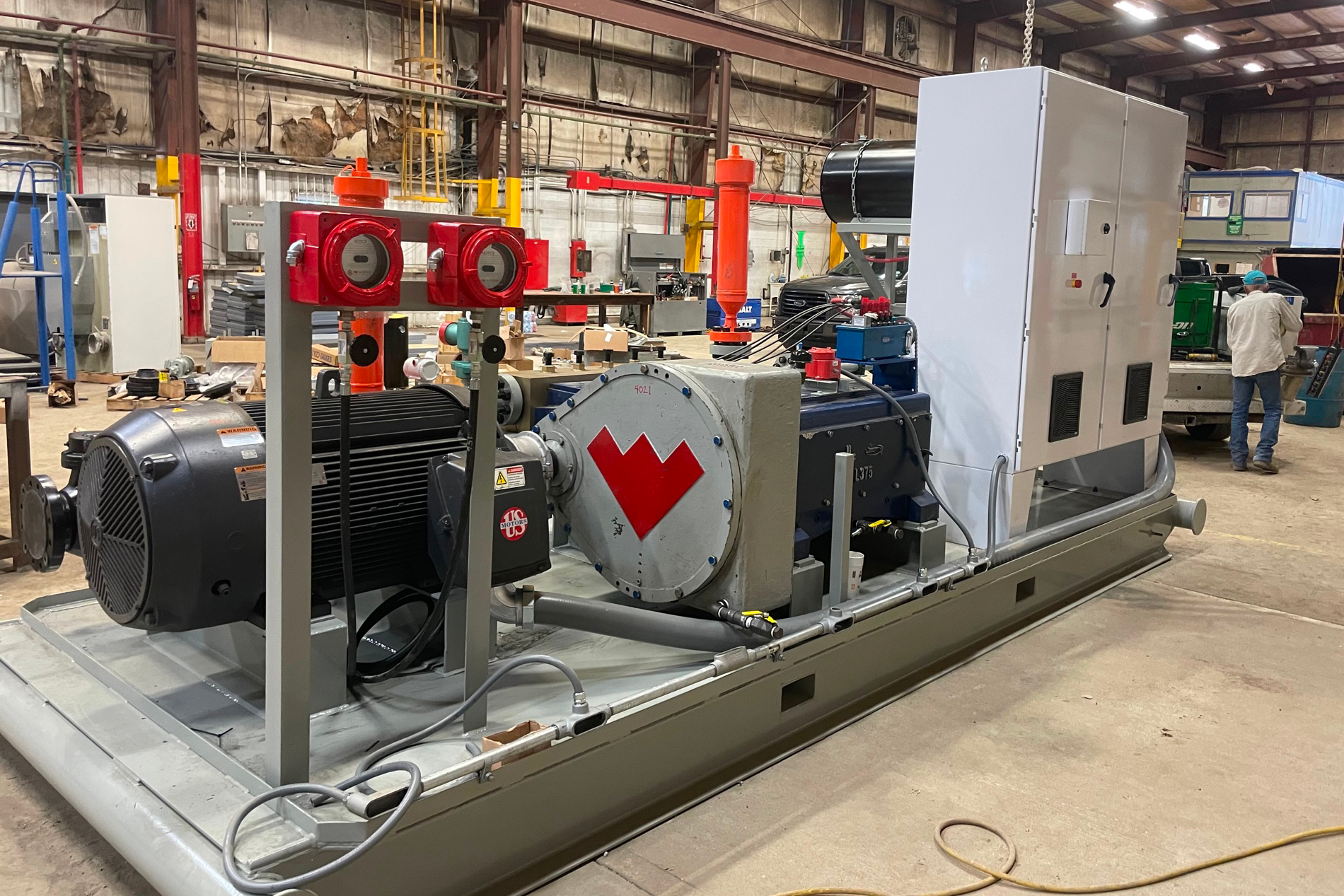Mechanical & Electrical Assembly

Service Overview
Mechanical and electrical assembly encompasses the assemblage of a broad spectrum of mechanical and electrical products.
Mechanical and electrical assembly refers to the process of integrating mechanical components and electrical systems to build complex products or systems. This process is common in various industries, including manufacturing, automotive, aerospace, electronics, and robotics. Mechanical assembly involves assembling mechanical parts such as gears, bearings, shafts, and housings, while electrical assembly involves integrating electrical components such as wires, cables, connectors, sensors, switches, and circuit boards.
Mechanical and electrical assembly process overview
The process begins with the preparation of mechanical and electrical components. Mechanical components are inspected for defects, cleaned, and prepared for assembly. Electrical components may be sorted, labeled, and organized according to the assembly instructions.
Mechanical assembly involves fitting together mechanical components according to engineering drawings or assembly instructions. This may include fastening parts using screws, bolts, nuts, rivets, or adhesives. Precision is crucial to ensure proper alignment and functionality of moving parts.
Electrical assembly involves wiring and connecting electrical components to form circuits or systems. This may include routing wires and cables, crimping or soldering connections, and securing components using mounting hardware. Careful attention is paid to electrical safety standards and practices to prevent short circuits, electrical hazards, or component damage.
Once the mechanical and electrical components are assembled separately, they are integrated into a single assembly or product. This may involve mounting electrical components onto mechanical structures, routing wires through designated pathways, and ensuring proper alignment and clearance between components.
After assembly, the product undergoes testing and inspection to verify functionality, performance, and compliance with specifications. Mechanical tests may include checks for proper fit, alignment, and movement of mechanical parts, while electrical tests may include continuity checks, insulation resistance tests, and functional tests of electrical circuits and systems.
If necessary, adjustments and calibration may be performed to fine-tune the assembly and ensure optimal performance. This may involve adjusting mechanical components for proper tension, alignment, or clearance, as well as calibrating electrical components such as sensors or actuators.
Finally, documentation such as assembly instructions, user manuals, and quality records are prepared, and the assembled products are packaged for shipping or distribution to customers. Proper labeling and packaging ensure that the products are protected during transit and arrive at their destination in optimal condition.
